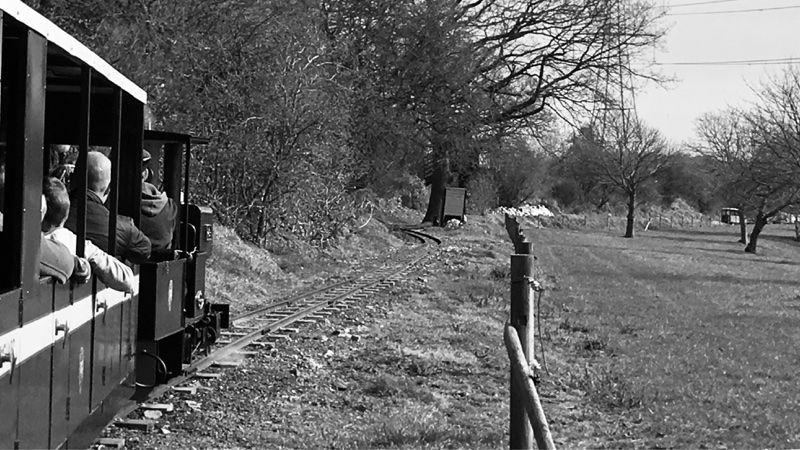Leccy Steam update, April '19
- LS001
- Apr 9, 2019
- 4 min read

Well, it was a real worry, we'd be able to have a spike in output for early posts, but as is often the way with this hobby, life gets in the way. For me personally, that has been caused by change of roles and increase in workload in my real job, volunteering activities in railway preservation, a family and a house, meanwhile one of our main contributors is currently in Europe, making the most of it before whatever happens, happens. Still, we've managed to keep the Instagram account ticking over which has picked up a small following and interest in what we do, and that's surely led to the number of website visits that we have had.
Does that mean we've run out of things to say already? No, quite the opposite in fact. It's somewhat shameful that, as yet, I've still not completed the second half of my write-up on the BMR Steam Tram kit modelled as a LNER Y6 tribute, especially as at the moment it's the most popular blog we've done. Aside from time, there is one main reason for this; coupling hooks. The kit is left plain; they are something that would be very hard to produce on the kind of 3D printer used by BMR because, not only would it be quite hard to produce from filament, but quite likely to fragment and break up as well. On some other models I've used the coupling hooks and chains from scrap / donor ex-Kitmaster Airfix / Dapol kits, afterall, I don't have any models with functional 3 link couplings so they need not be functional, but when each loco needs two hooks, one quickly runs out of donor kits, and you're not going to spend the money on another kit purely for those. I have a GWR 517-Class loco which also uses a 3D printed body but left a slot in the buffer beams for spring coupling hooks, but it would be quite a fine slot to make in the FDM-produced BMR kit. I have some of those sprung couplings, but will likely have to make it solid (as I don't need to use it as the coupling method anyway). More on this soon. I promise!

The main modelling activity has revolved around a borderline microlayout (at a compact 1000 x 315mm for both scenic, and the same again for fiddle yard). It's an end to end layout set in an industrial midlands city covered by GWR / BR (W) with a small goods siding alongside canal docks, an engine shed and servicing point, and a small passenger station for workers in the area, implied to be a terminus but not actually shown, leaving options open to have it as part of a larger layout in future. I actually have four (very incomplete) layouts already, all very compact but all are tailchasers. Sort of. Why do I need a fifth?! There's been a need so far to have layouts where things can be left running and act as a test track, and of those four, one is 009 and the other has Z-gauge track with the intention to run as a German HOf layout. Of the two that are 00, one is compromised with use of first radius curves within the scenic area, and both are too small to be large yet too large to be small, taking up a lot of space and being hard to carry. They also all require several days solid of work before they're at that 'five minutes here and there' stage where a layout can progress quietly and in a gratifying way. There's no way I'll ever get that time in the immediate future. With both 00 layouts at least having track laid, they are usable for their purpose as a test track for now. With two lots of metre wide 12mm ply left from one of these and a layout I built for my son, I had the somewhat foolish idea that I could make another layout...
The problem with needing to do so much to the existing ones is that it actually makes you particularly miserable, so the thinking was I could very quickly have a small layout of the type various people we follow on YouTube such as Budget Model Railways and SDJR7F88 (the Hornby-featured winter layout) where I could work away little and often and get a real sense of achievement, and to provide some acceptable scenery to photograph some of the models where we have build stories to publish on Leccy Steam.

Operation initially took a back seat, this was almost to be an operational diorama, but once a decision was taken on how to manage the fiddle yard, it has evolved quite dramatically for the better and is becoming a more grown-up layout afterall. A few pictures have already been shared on Instagram of this layout as it progresses, and a multi-part series of blogs covering its build, and crucially, lessons learned along the way will appear in due course.
On the other aspects of the website, there will be several footplate experiences to write about including Great Central Railway and 15" Sherwood Forest Railway, and a piece starting to look into volunteering, particularly considerations for fitting it in with your life, and some things we wish we had known before joining up!

All the best for now



Comments